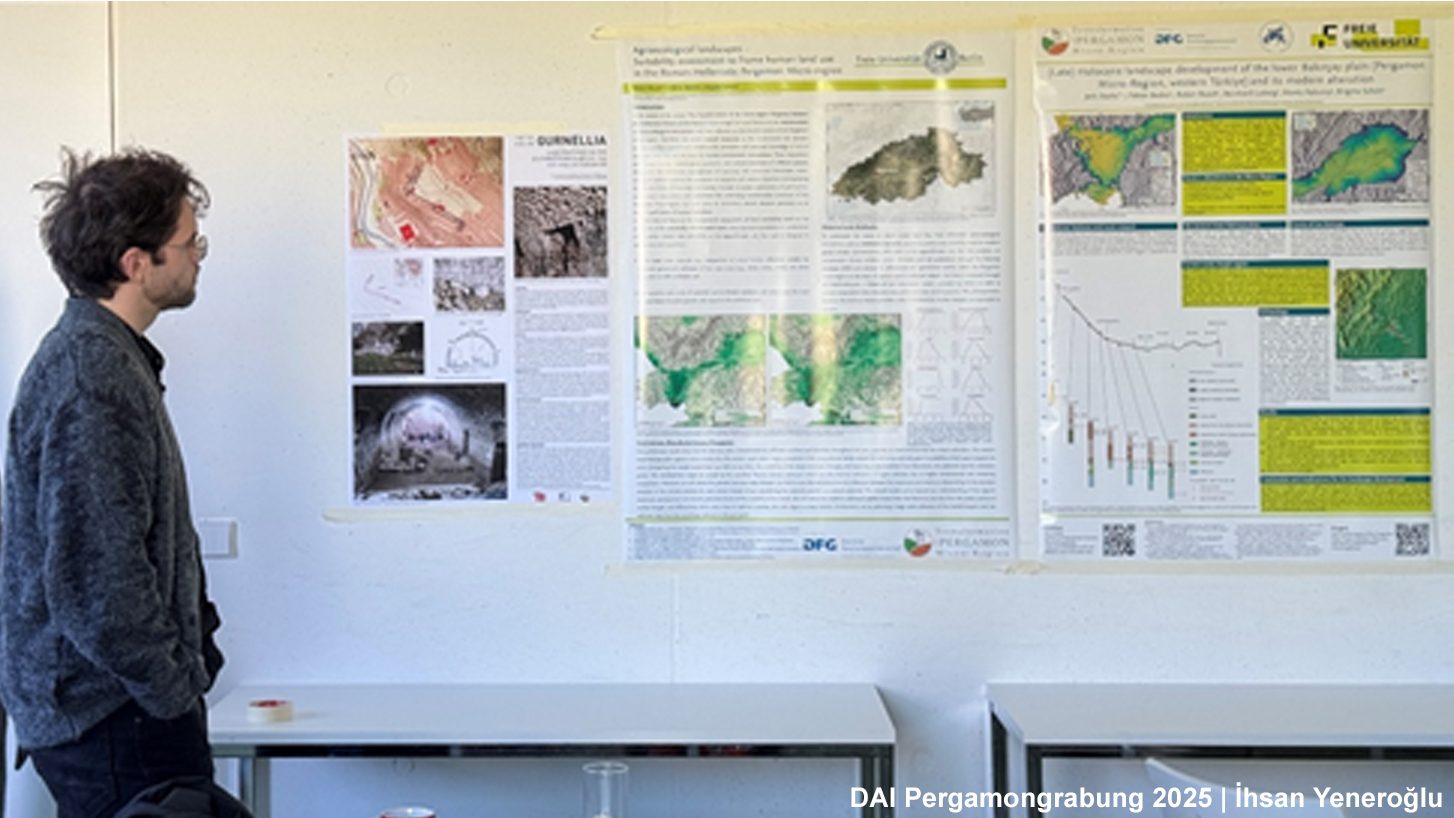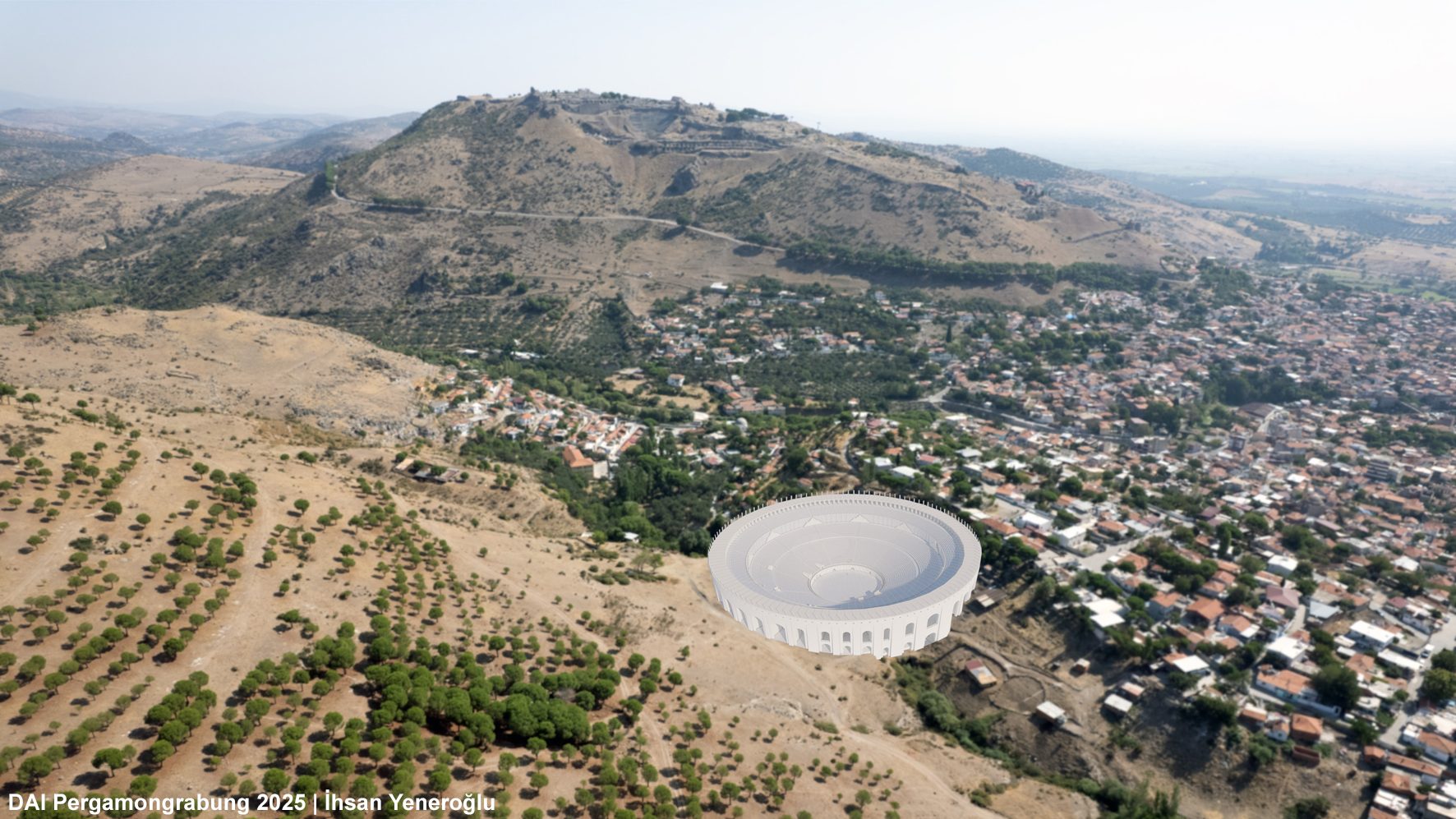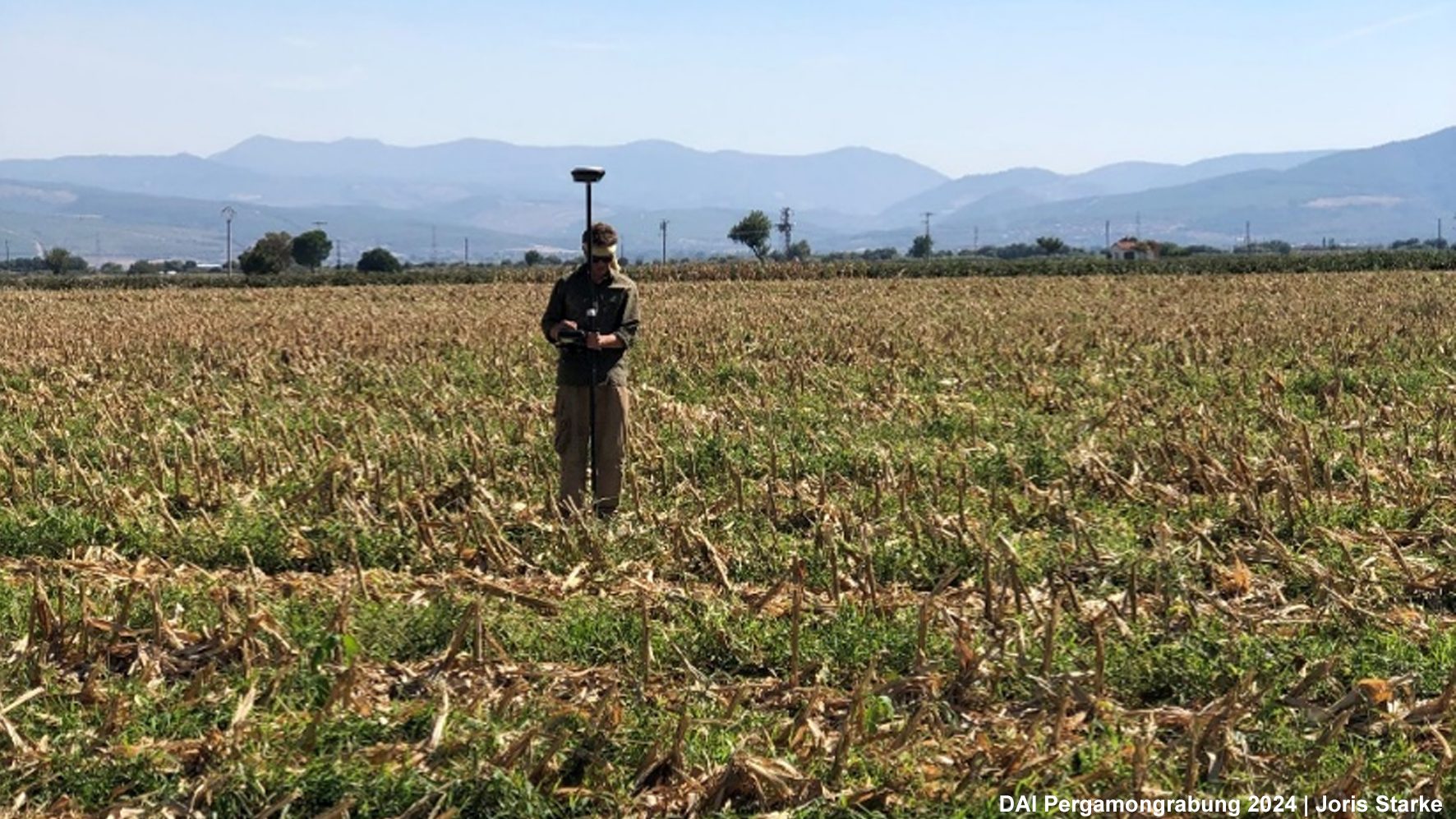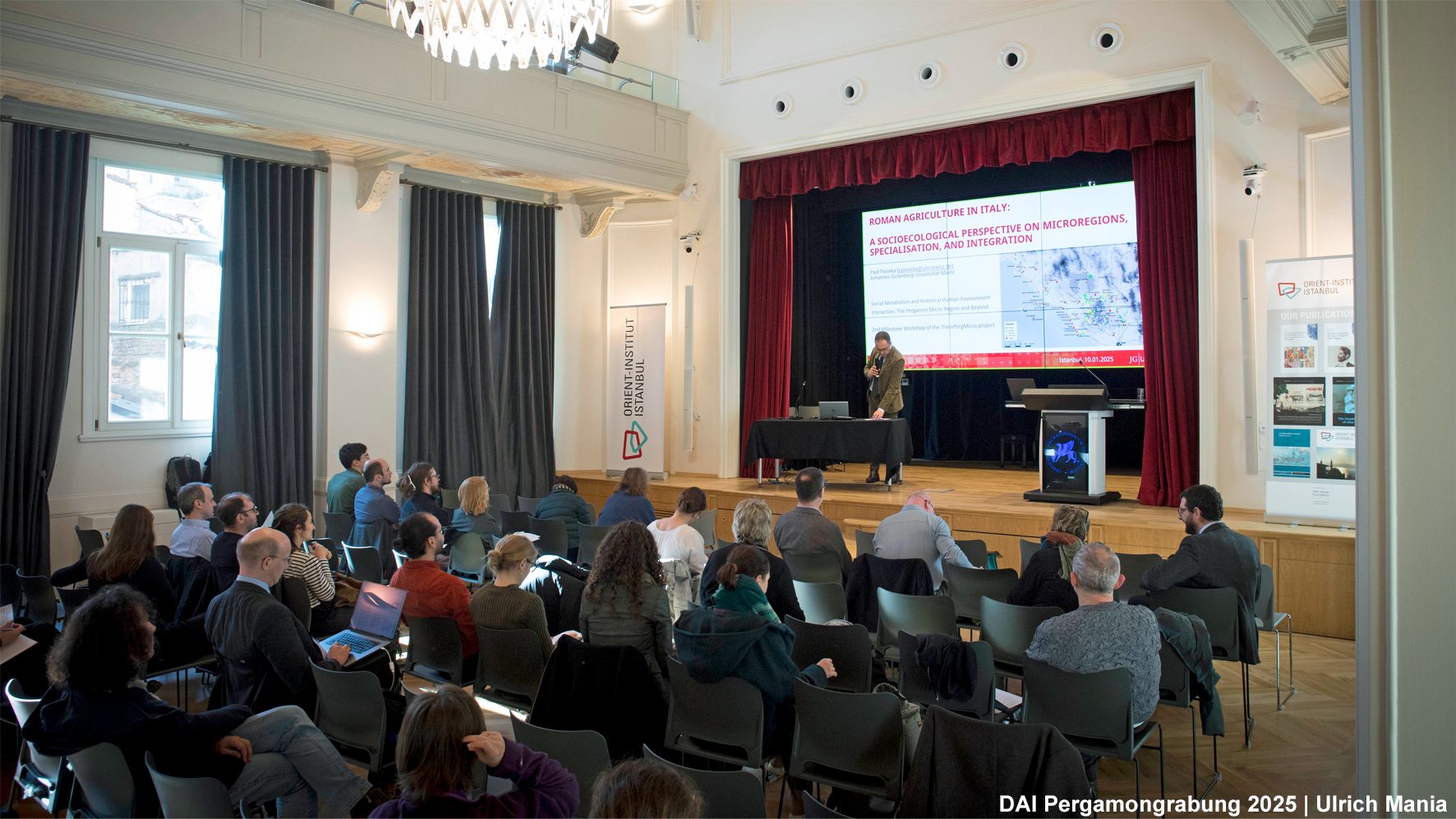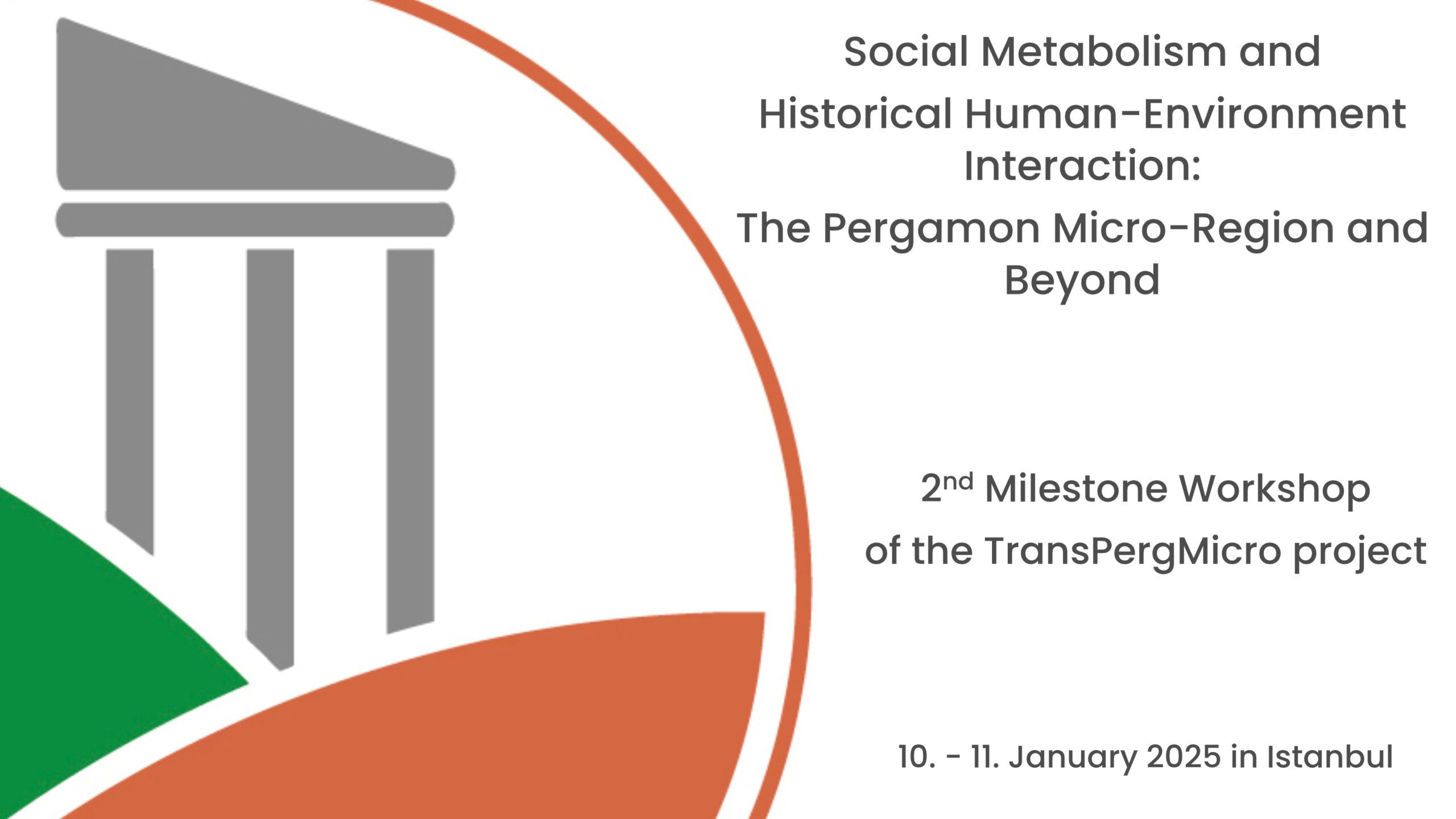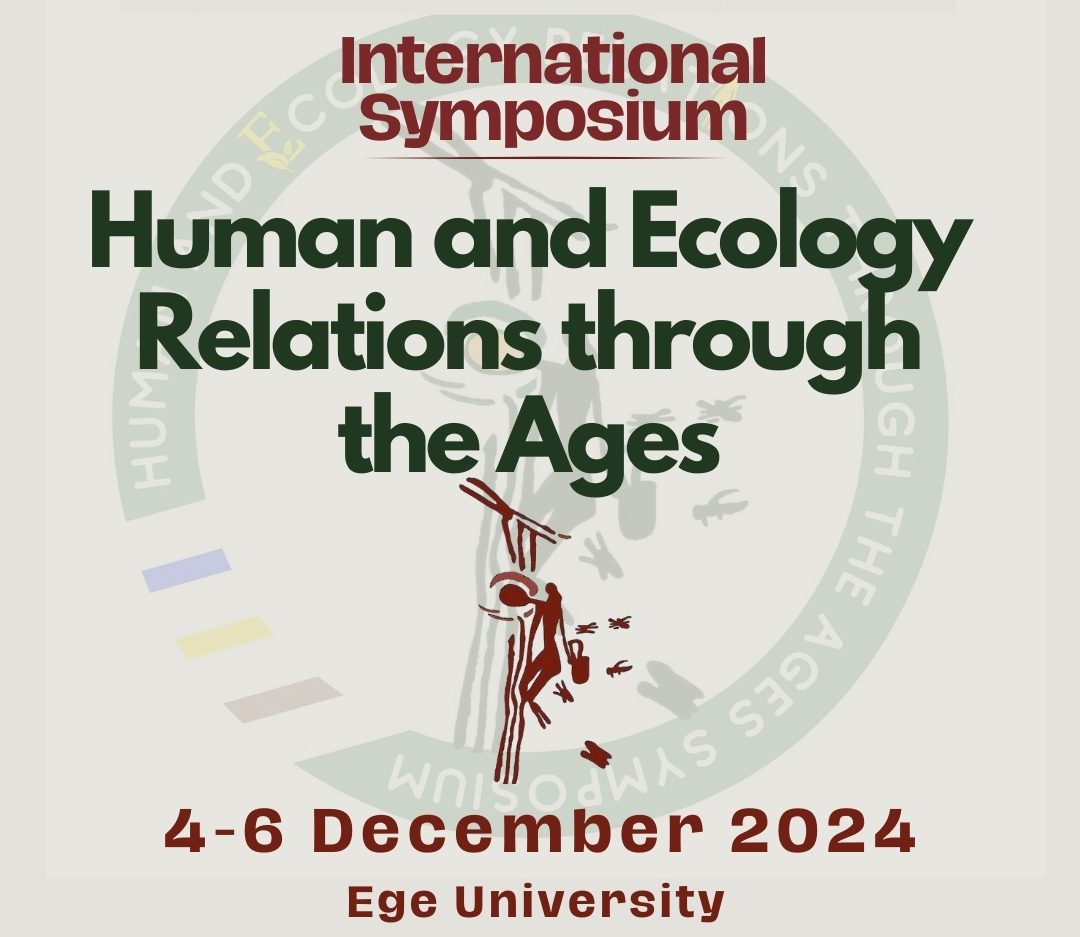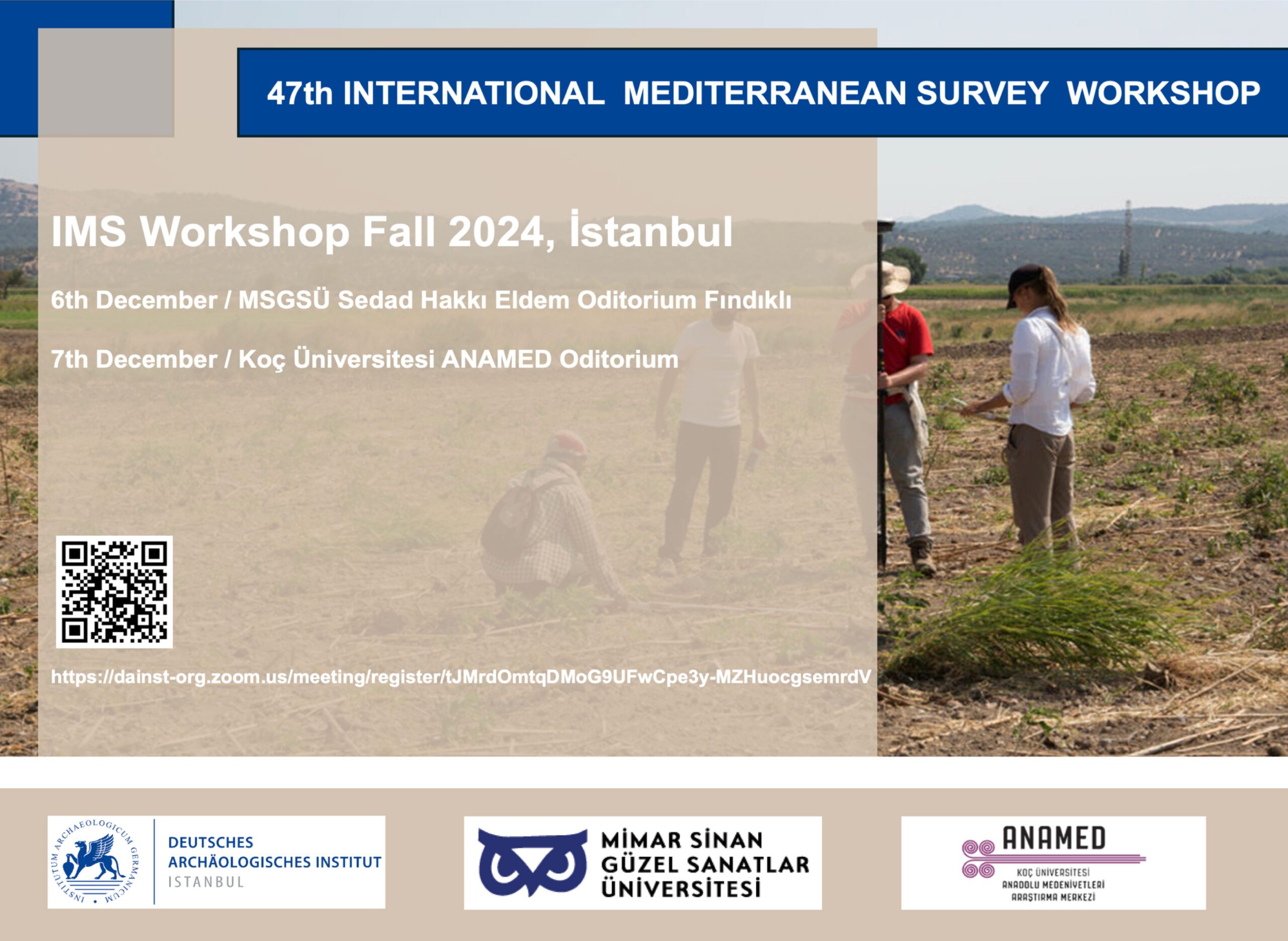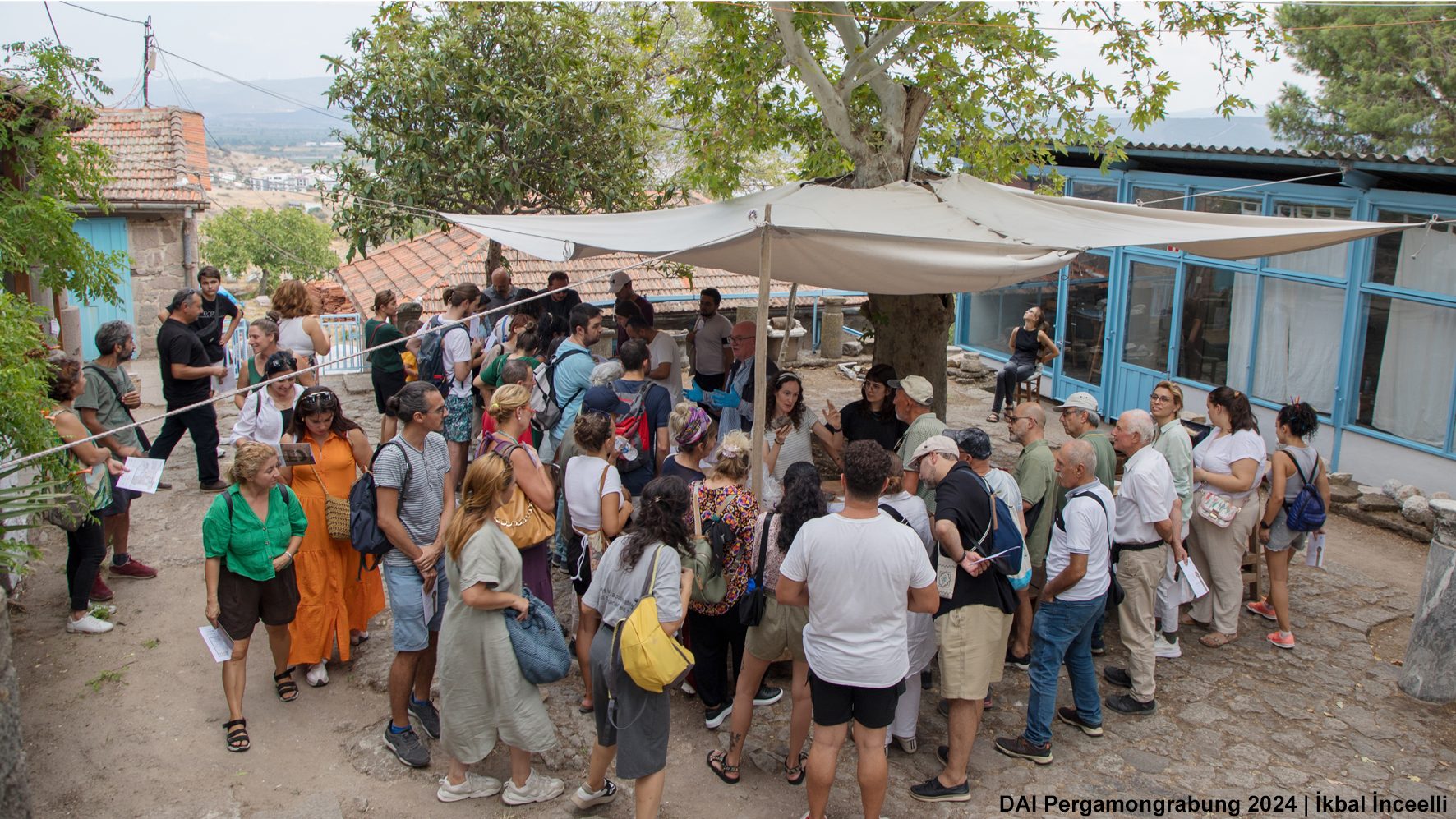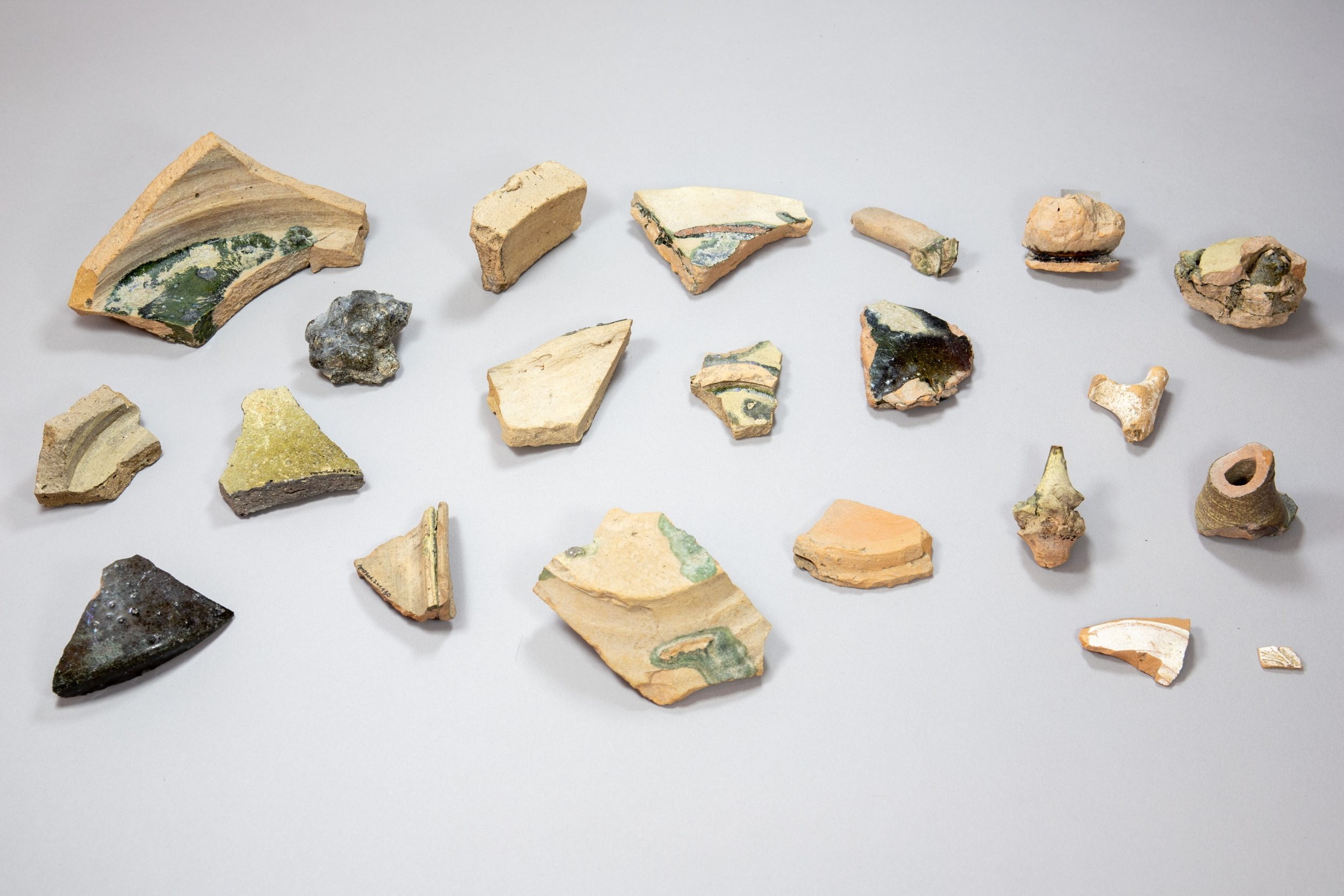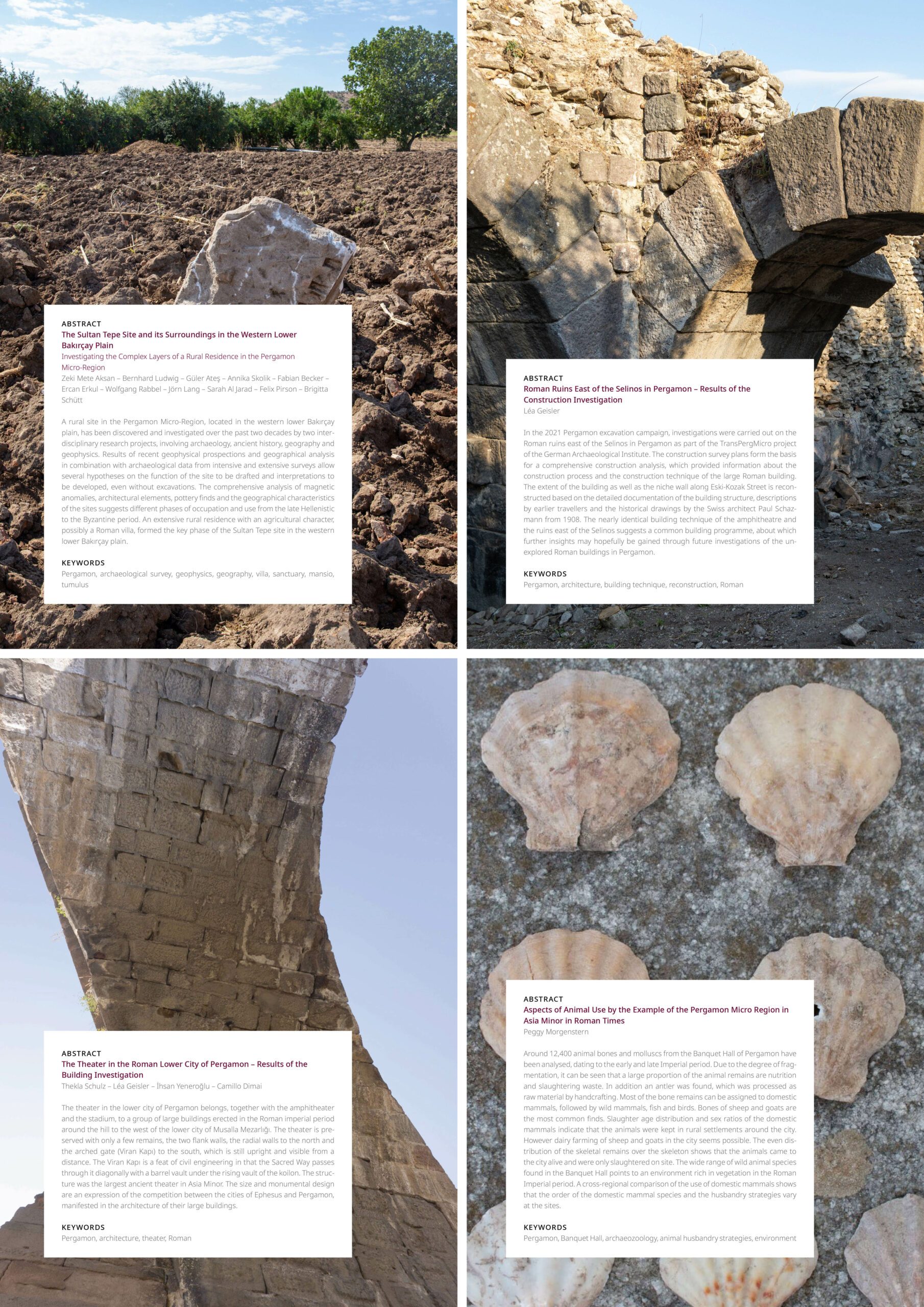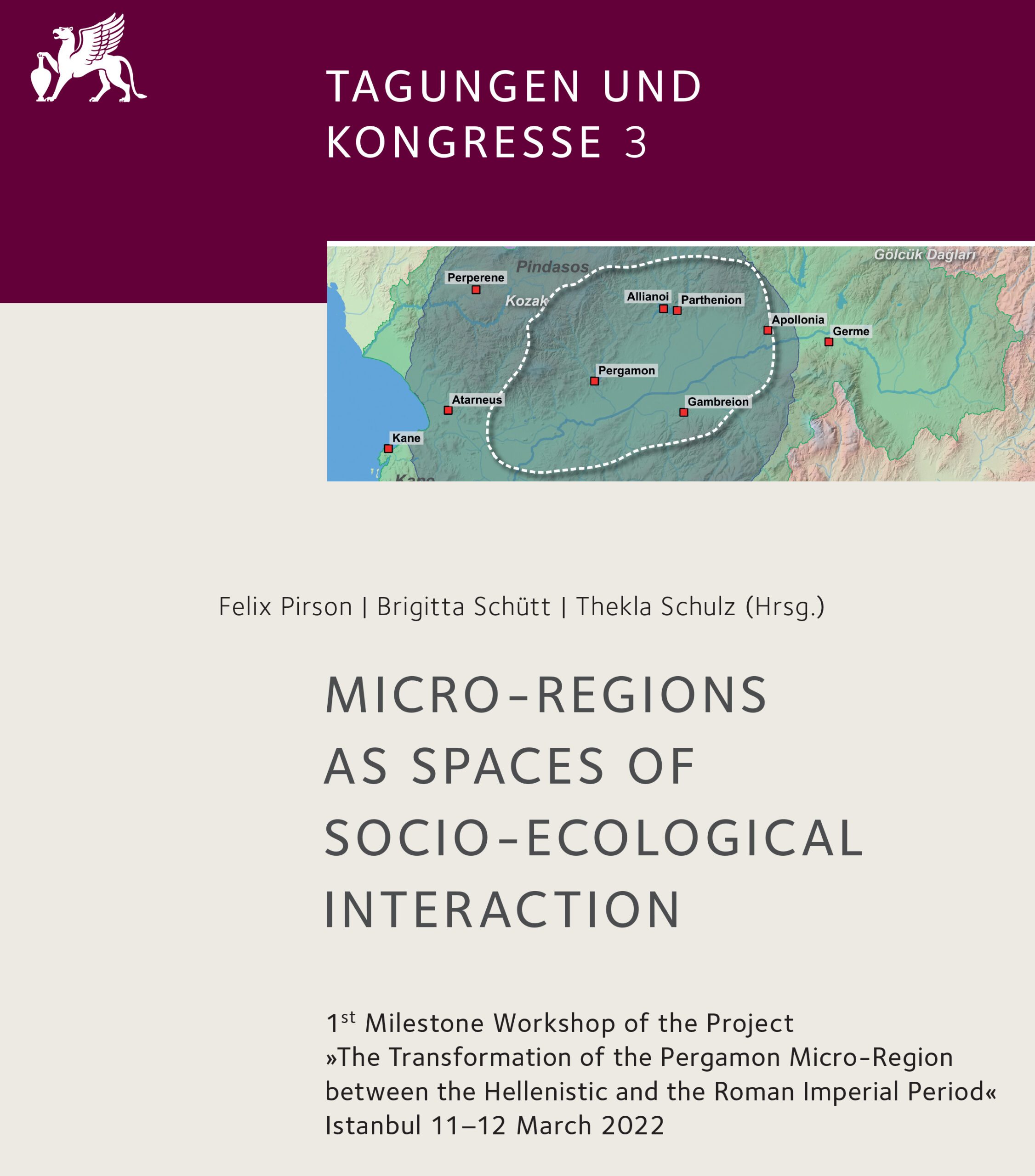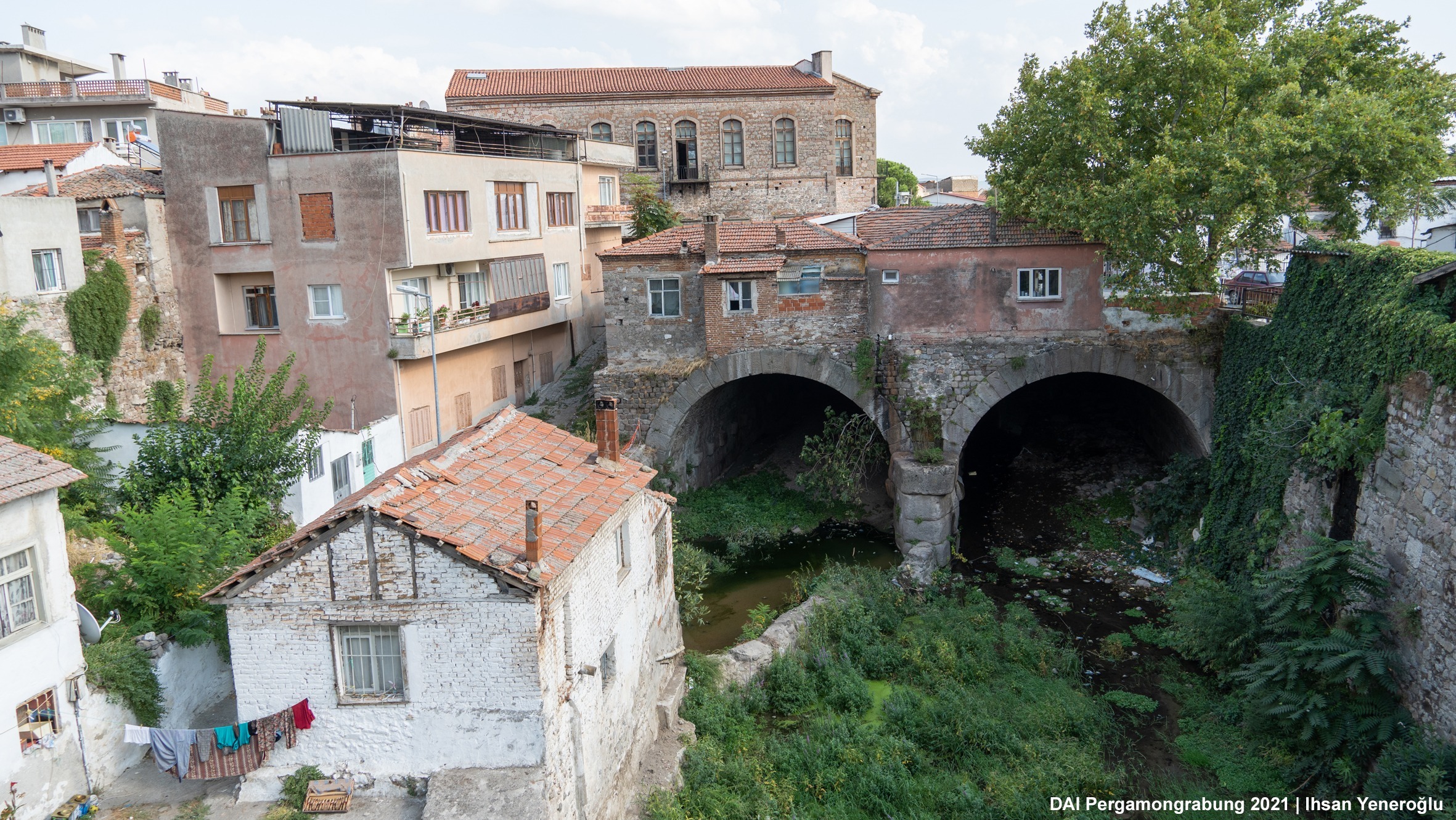Exchange, Connections and Collaborations: The TransPergMicro PreDoc Workshop 2025
On March 28, the PreDoc-workshop of TransPergMicro brought together early career researchers from across the project to present and discuss their ongoing work related to Pergamon. The workshop was hosted by Freie Universität in the so-called “Holzlaube” and was attended by 18 participants in person and 11 online. The workshop served as a platform to connect the different disciplines involved in TransPergMicro – Physical Geography, Historical Architecture, Classical Archaeology, and Ancient History.

